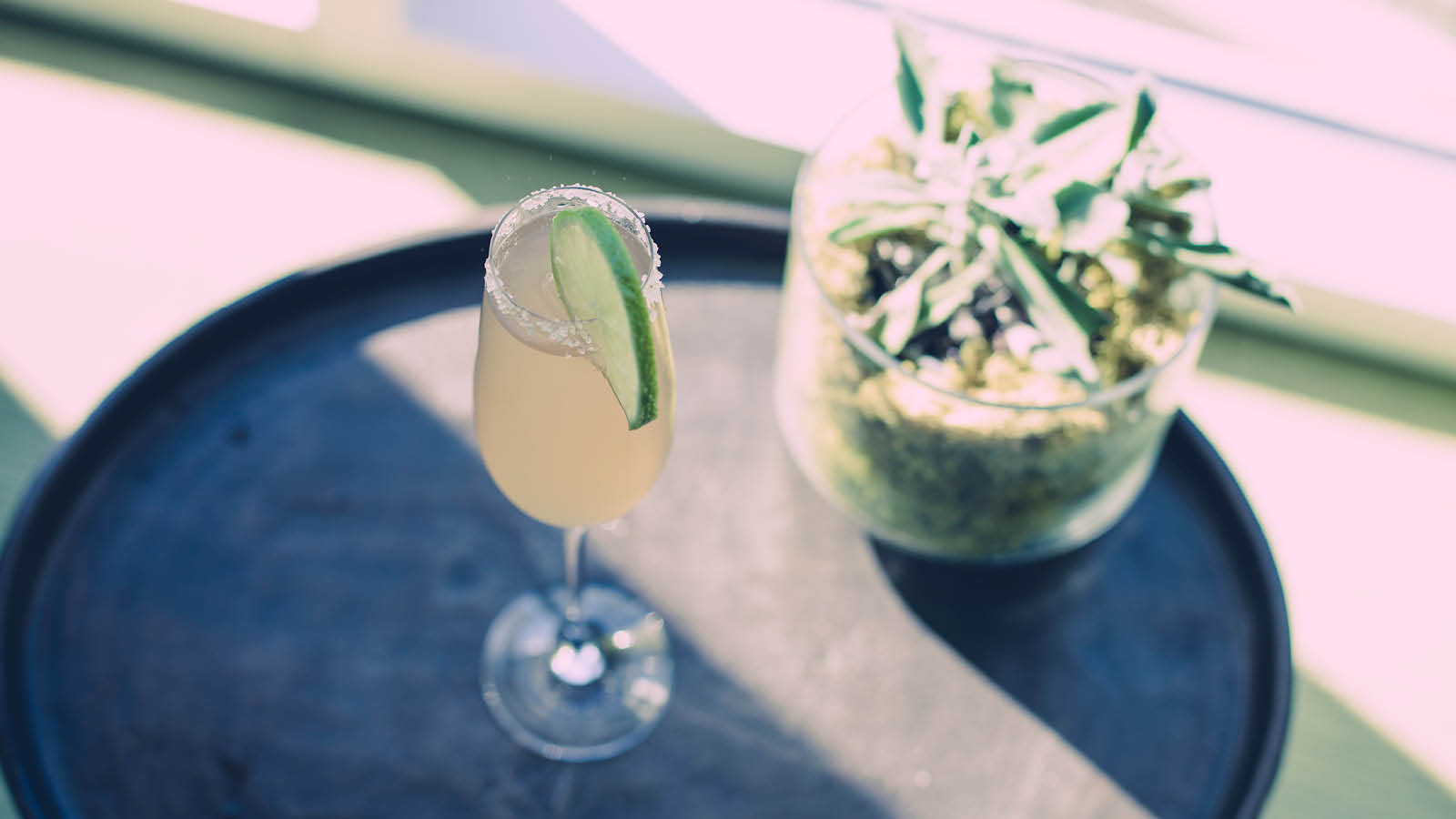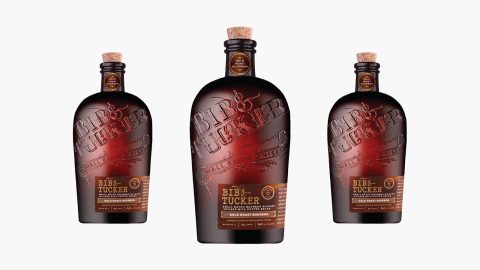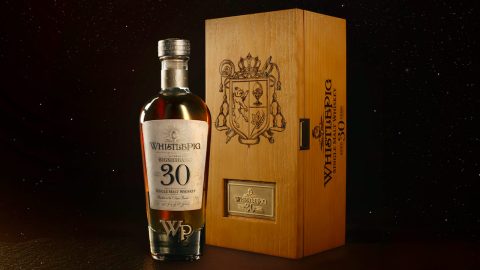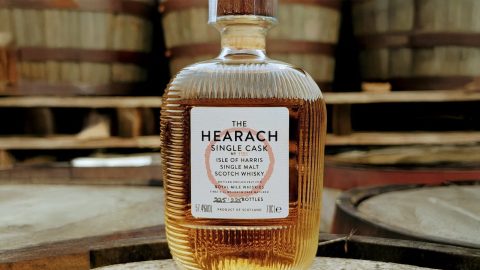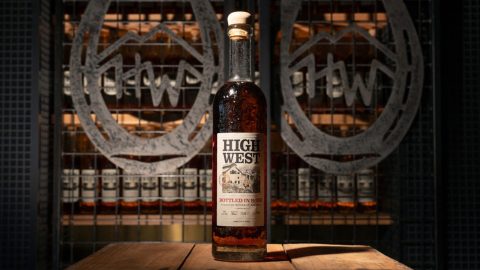Booze Primer: Tequila in 1000 Words or Less
December 26, 2018
byThe IMBOLDN Editors
-
Food & Drink Meet The Bourbon That Doubles As Coffee Ritual
Gold Roast Bourbon delivers coffee-fueled complexity.
-
Food & Drink The BigShǝBàng 30 Year Whiskey Proves Patience Pays Off
The BigShǝBàng is WhistlePig’s boldest, rarest single malt yet.
-
Food & Drink From First Sip to Last Pour: The Best Coffee & Cocktail Gear for Home
These sleek essentials elevate every sip with masculine style and modern design.
-
Food & Drink Meet The Bourbon That’s Raising The Bar For Bottled-In-Bond
Heritage, flavor, and a bold kick — High West delivers.

